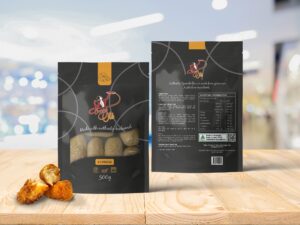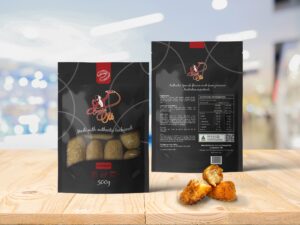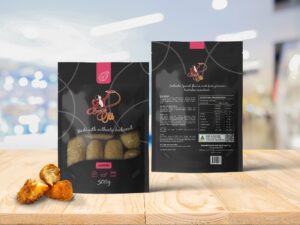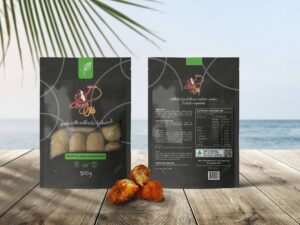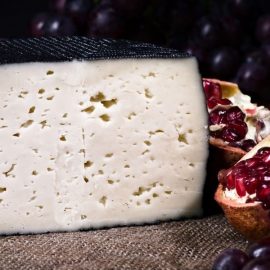Croquetas Olé
CROQUETAS
The Iberians has launched this new product,
DON’T MISS IT OUT!
The Iberians Foods becoming a medallist at the 2022 Australian Charcuterie Excellence Awards:
The Australian Meat Industry Council (AMIC) launched the Australian Charcuterie Excellence Awards (ACEA) in 2022. These annual awards are the premier awards for the Australian smallgoods industry, recognising products of quality and excellence, while promoting industry recognition and standards. The awards are delivered in partnership with Australian Pork Limited, Cold Xpress, and William Angliss Institute.
The Iberians Foods becoming a medallist at the 2022 Australian Charcuterie Excellence Awards on:
Our goal at The Iberians is to give you the very best product and customer service so that we may earn your trust and future business.
Interested in our products?
If you are interested in our products list, please download our catalogue.
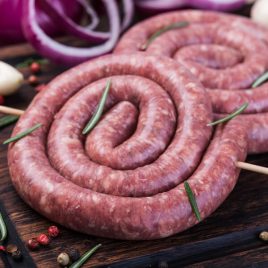
Catalan Pork Sausage
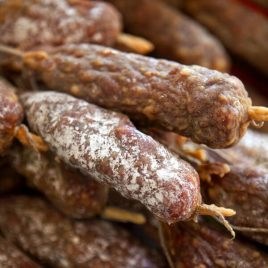
Fuet Secallona (Osona)

Hot / Mild Chorizo
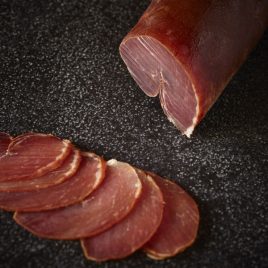
Lomo (Cured pork loin)
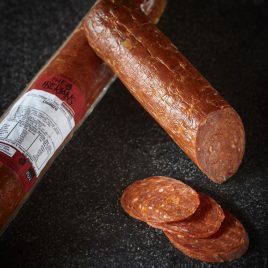
Chorizo of Pamplona
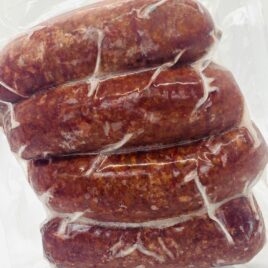
Morcilla (Spanish black rice pudding)
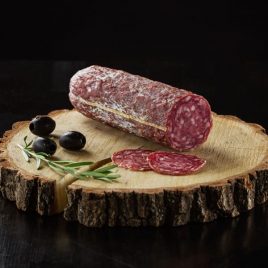
Salchichón (Hot, Mild, Truffle)
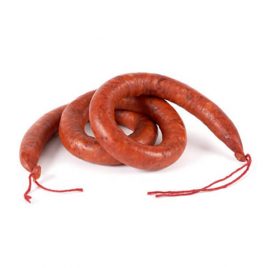
Txistorra (Pork belly chorizo)
The Iberians Blog
Cured sheep cheese strengthens the immune system
Did you know that cured sheep cheese benefits, enhances and improves your immune system. How does this cheese boost our immune system? READ MORE
Spain in a Glass of Red
Located south of the Cantabrian Mountains along the Ebro river, La Rioja is known for its beautiful rolling landscapes, medieval villages and exquisite wines. The mountains in the region protect the vineyards from... READ MORE


